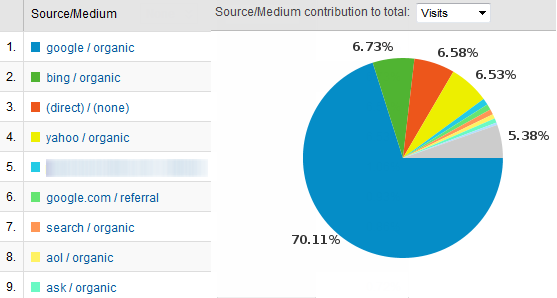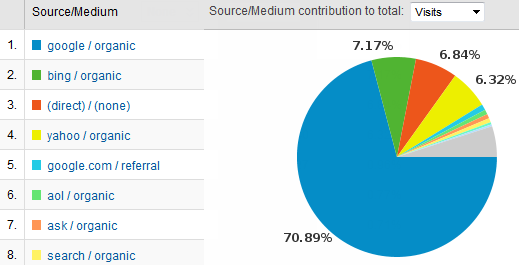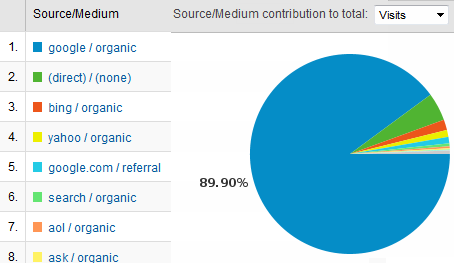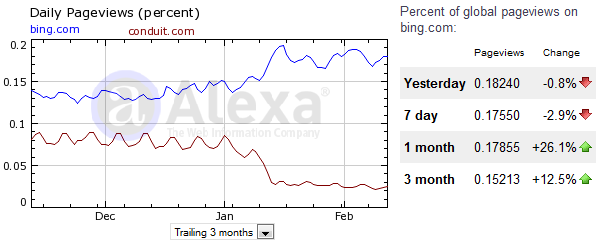I made this TuT Because many free crypting services are going around in this section. So many new members may get infected by others binding their Rats on their Server.
The point of This thread is to show you how you can find out if someone that has crypted your server has binded his server too.
So in this TUT we will be using Sandboxie to find out
You can find sandboxie here:
Spoiler (Click to Hide)
http://www.sandboxie.com/index.php?DownloadSandboxie
Before all We need to secure Our data Incase that he binded any Stealer that can steal our data and send them imediately
Pictures Below will explain
Supose we made our server and is all working good and we need to crypt it(making it FUD so Antiviruses wont detect it as a malicious program)
Here is Our server We chose to Inject Our server in Default Browser
Spoiler (Click to Hide)
We will now Open it in Sandboxie to see What does it execute and what does it drop
Spoiler (Click to Hide)
Here we see that Our Server Is runing and tha tit injects its self in Default browser as we Selected Before
Lets say we sent Our server to the guy that its gona crypt our server and gave us this file as the crypted file
Spoiler (Click to View)
Now if we didnt Got any error how do we know that he didnt bind his server on ours ? This is what we are going to find out next. We are going to open the crypted file in Sandboxie again.We should again see Sandboxie runing,Our server,And that its gonna be injected in default Browser
Spoiler (Click to Hide)
This is the end of the TUT Hope i helped

![[Image: beforeall.png]](http://img810.imageshack.us/img810/4769/beforeall.png)
![[Image: anyfolder.png]](http://img195.imageshack.us/img195/3627/anyfolder.png)
![[Image: 68785899.png]](http://img828.imageshack.us/img828/2237/68785899.png)
![[Image: pothenebrethiketjino.png]](http://img832.imageshack.us/img832/4848/pothenebrethiketjino.png)
![[Image: letssay.png]](http://img815.imageshack.us/img815/1921/letssay.png)
![[Image: werethefckthese2apeared.png]](http://img28.imageshack.us/img28/8051/werethefckthese2apeared.png)








